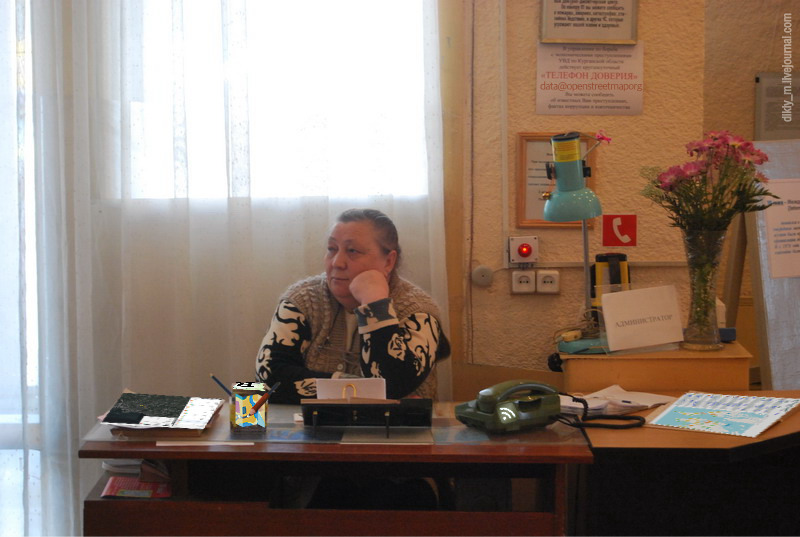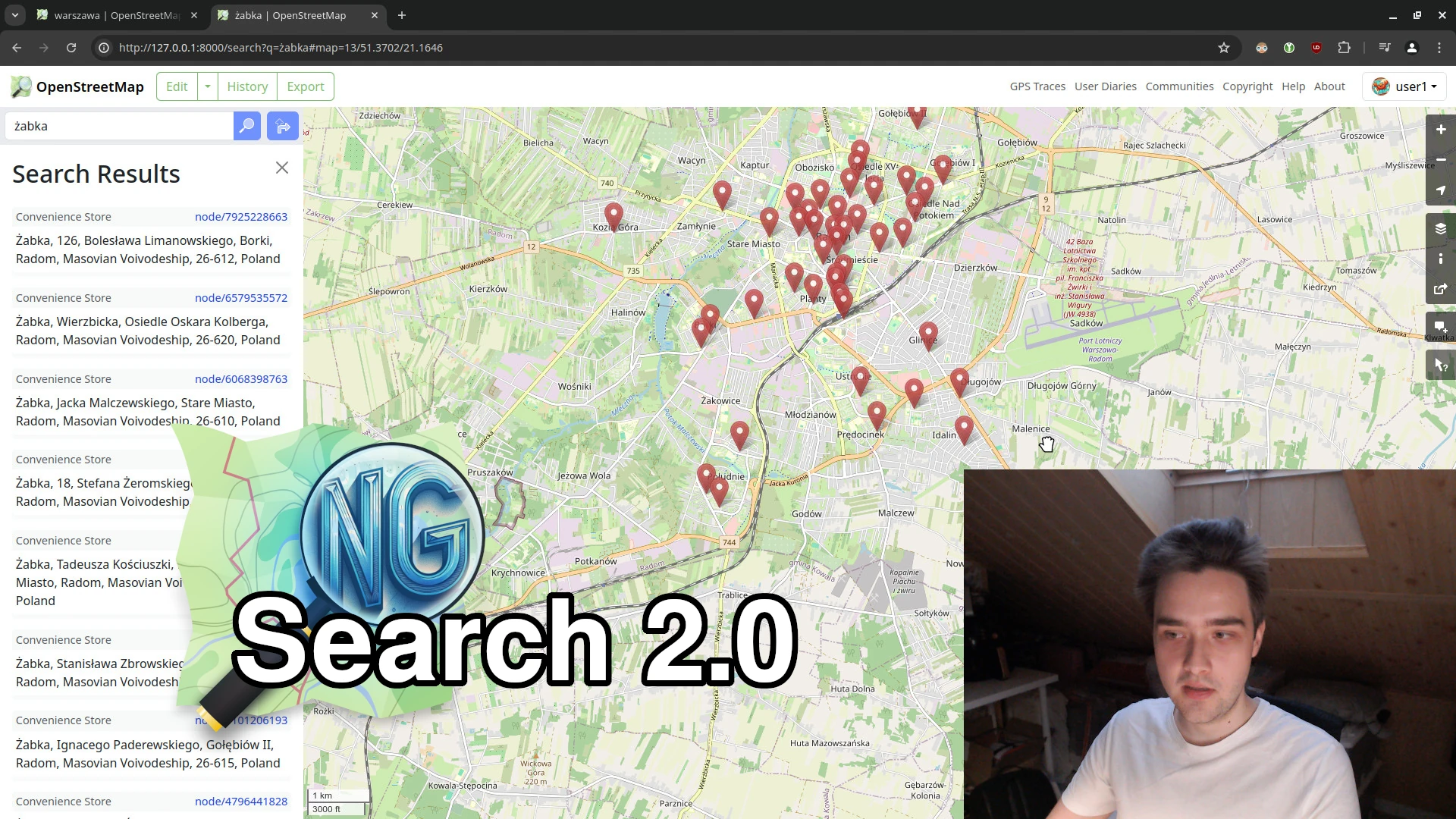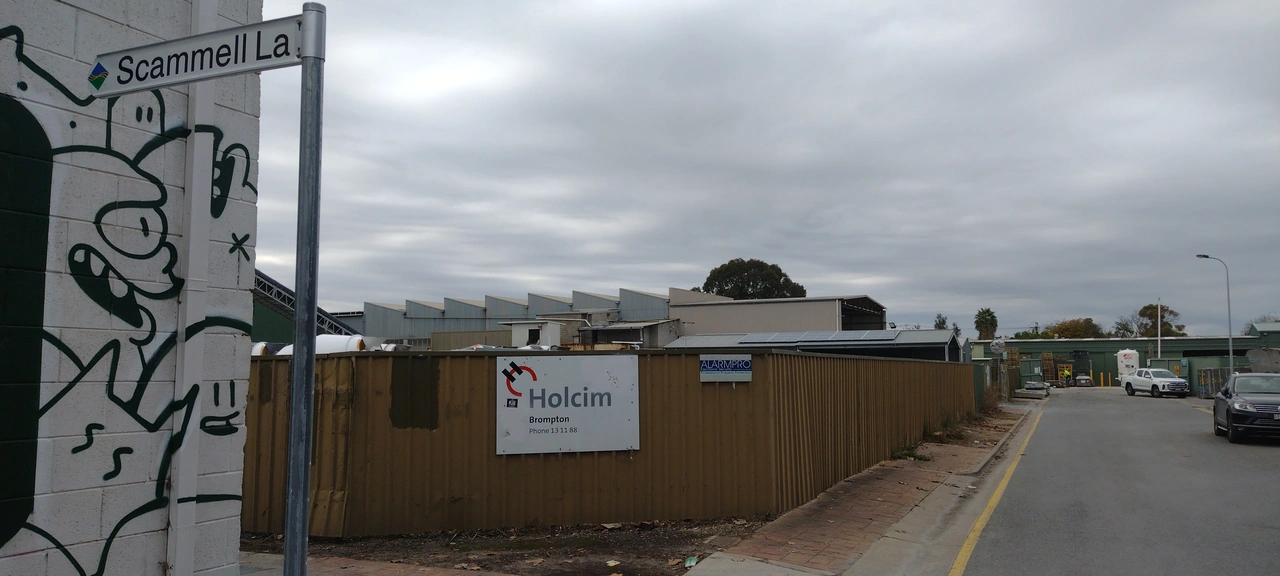In new version of userscript, I focused on analyzing edits. QuickLook for changesets, hotkeys, filtering changesets, mass actions and more.

Help wanted: I would be grateful if someone knows how to get into the site code and manage the map (add new objects, change layers, colors …) This would make it much easier for new features to appear. Otherwise, they will only be available in OSM-NG (: upd: solution found!
👮♂️ QuickLook of changes in tags
Now you don’t need to open OSMCha for simple changesets. Tag changes will be visible directly on the changeset page.






